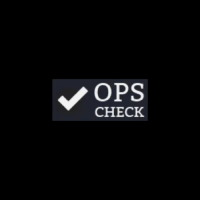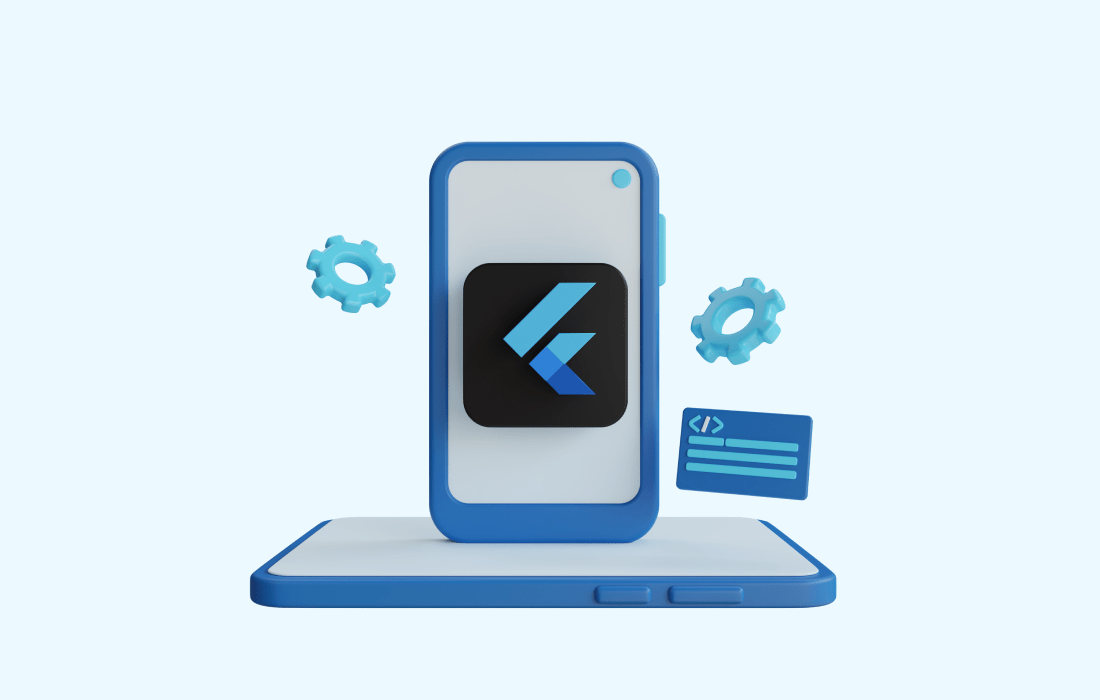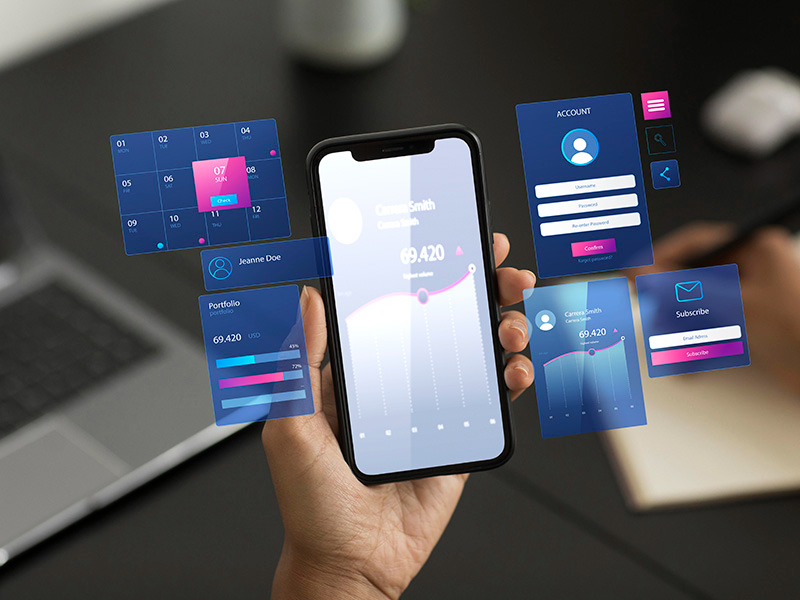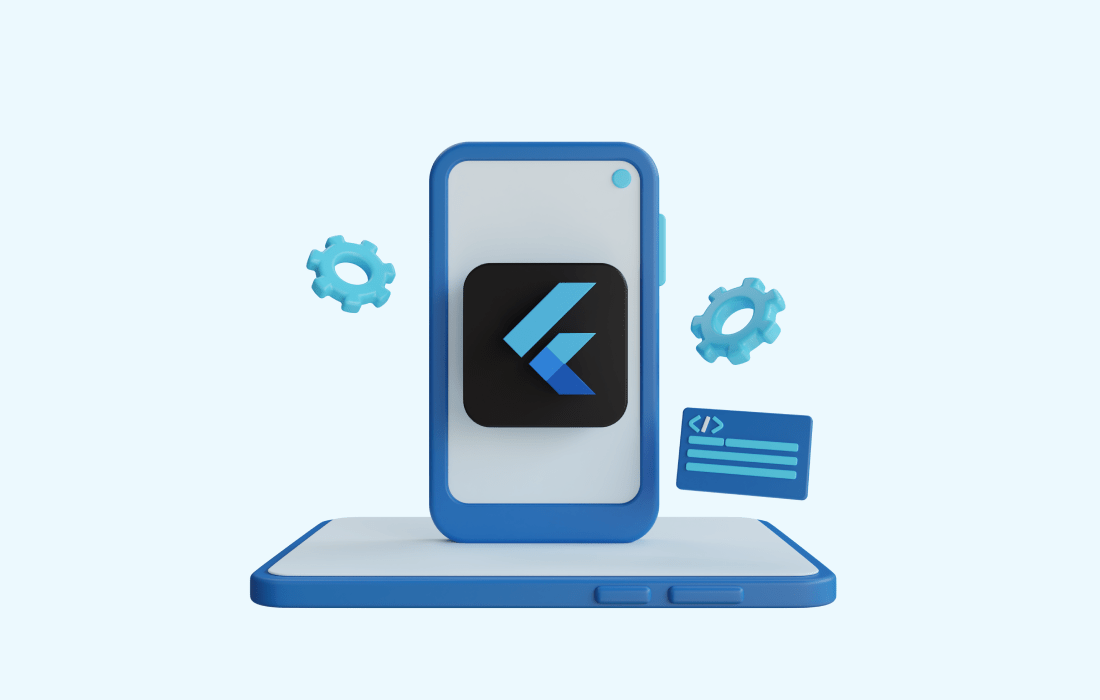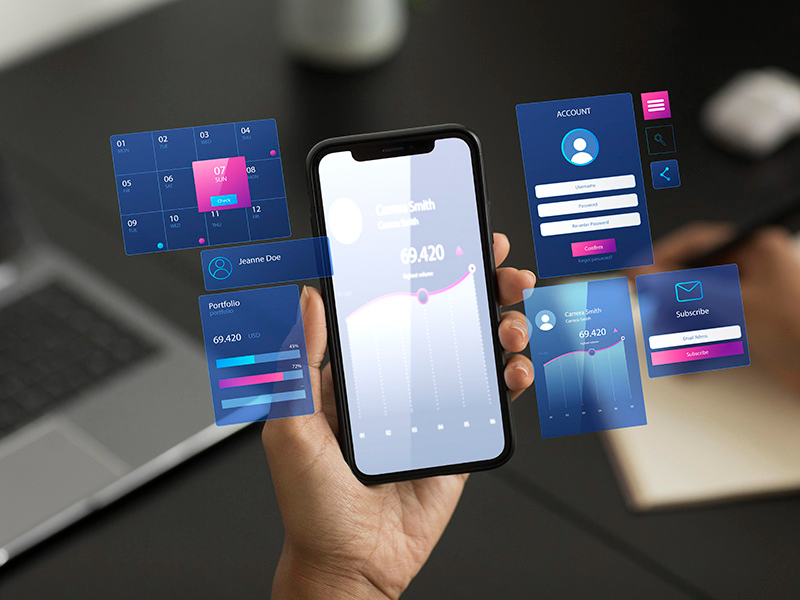Why Flutter Developers Struggle with State Management
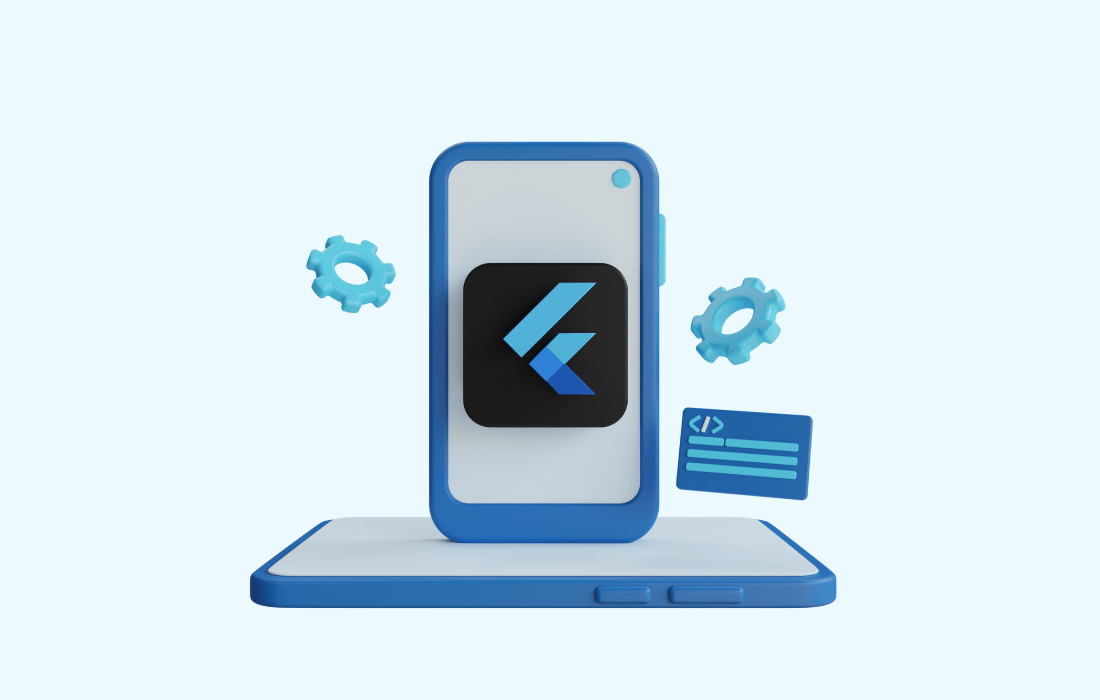
Strong 8k brings an ultra-HD IPTV experience to your living room and your pocket.
The Silent Struggle in Every Flutter Project
You’ve picked Flutter for its fast UI, hot reload, and cross-platform magic. But as your app grows, so does your headache: features start to clash, data flows unpredictably, and suddenly you're tangled in rebuilds and spaghetti code.
That pain? It’s almost always rooted in Flutter state management problems.
State management is the single most misunderstood—and most critical—aspect of Flutter development. In this blog, we’ll unpack why so many developers struggle with it, what common mistakes to avoid, and which solutions actually work in real-world apps.
What is State Management in Flutter?
At its core, state is the data that defines the UI. State management is the process of storing, updating, and distributing that data across widgets. Sounds simple—until your app has:
Auth flows
Nested lists
Asynchronous data
Complex UI interactions
Modular feature sets
That's when things fall apart unless your state is handled cleanly.
Why Flutter Developers Get State Management Wrong
Let’s break down the key reasons developers hit roadblocks:
1. Too Many Choices, Not Enough Guidance
Flutter doesn’t enforce a specific architecture. That’s great for flexibility—but it’s overwhelming. Developers are flooded with choices: Provider, Riverpod, Bloc, Cubit, Redux, GetX, MobX... and the list keeps growing.
2. Mixing UI and Business Logic
A common beginner mistake is keeping logic inside widgets. This leads to:
Unreadable code
Rebuild issues
Testing nightmares
Separation of concerns is crucial. Business logic should be externalized from UI code.
3. Not Understanding Widget Lifecycles
If you don’t fully grasp how Flutter rebuilds widgets, your state might reset unexpectedly. You’ll spend hours wondering why your counter dropped back to zero—or why a widget reloaded when it shouldn’t have.
Common State Management Mistakes
Here are real-world issues Flutter developers often face:
❌ Using setState() everywhere
Great for small widgets—but terrible for shared or persistent data. It creates tight coupling, and becomes hard to debug when your app scales.
❌ Overusing Global Variables
Quick hack? Yes. Maintainable? No. Globals pollute your namespace and make testing, reusability, and debugging painful.
❌ Inconsistent Architecture
One screen uses Provider, another uses Bloc, and the next uses setState. Now you’ve got a Frankenstein app—and no developer wants to inherit that.
How to Actually Solve Flutter State Management Problems
Here’s how to clean up the chaos:
✅ Choose ONE Architecture and Stick to It
Consistency is key. Pick a pattern based on your app size:
Small apps → Provider or Riverpod
Mid-to-large apps → Bloc, Cubit, or Riverpod
Complex enterprise apps → Clean Architecture + Bloc or Riverpod
Tip: Riverpod 2.0 is gaining traction as the most scalable and test-friendly option for 2025.
✅ Separate Business Logic from UI
Follow the MVVM (Model-View-ViewModel) or Clean Architecture pattern. Keep business rules in ViewModels, and let widgets only worry about display.
dart
final viewModel = Provider((_) => LoginViewModel());
class LoginScreen extends ConsumerWidget {
@override
Widget build(BuildContext context, ref) {
final state = ref.watch(viewModel);
// Your widget tree here
}
}
✅ Make State Predictable and Testable
Use immutable state classes and data models. Avoid side effects in UI layers. This helps in debugging and testing.
Real Example: What We’ve Seen at Four Strokes Digital
At Four Strokes Digital, we recently helped a startup building a social fitness app using Flutter Mobile Apps. They had already launched an MVP—but user engagement was dropping due to performance glitches and unexpected UI bugs.
Root cause? Bad state management.
They were using setState() in multiple layers, had no centralized logic, and shared variables through global singletons.
Our fix
Migrated to Riverpod for scalable state handling
Applied Clean Architecture for separation
Introduced async state management for user feeds and activity logs
Improved testability and reduced bugs by 60%
With the new setup, not only did the app stabilize, but they were also able to convert Flutter app to web later with minimal changes—something their original architecture couldn't handle cleanly.
How State Management Impacts App Performance
Here’s what effective state management brings:
✅ Faster UI rendering
✅ Reduced unnecessary rebuilds
✅ Better memory handling (especially on low-end devices)
✅ Seamless async data handling (like API calls, auth flows, real-time updates)
It’s also a game-changer when integrating complex backends like Firebase or AI engines in App Development Technologies.
Bonus Tip: Start Small, Refactor Often
Don’t over-engineer from the start. Use simple solutions like ChangeNotifier or StateNotifier early on. As the app scales, refactor to more powerful tools like Bloc or Riverpod.
Mastering State = Mastering Flutter
State management is where Flutter apps sink or soar. With the right tools, patterns, and mindset, you’ll write cleaner code, scale faster, and squash bugs before they surface.
If you're stuck in state chaos and need clarity, expert flutter development services can make the difference between app frustration and app success.
Note: IndiBlogHub features both user-submitted and editorial content. We do not verify third-party contributions. Read our Disclaimer and Privacy Policyfor details.

